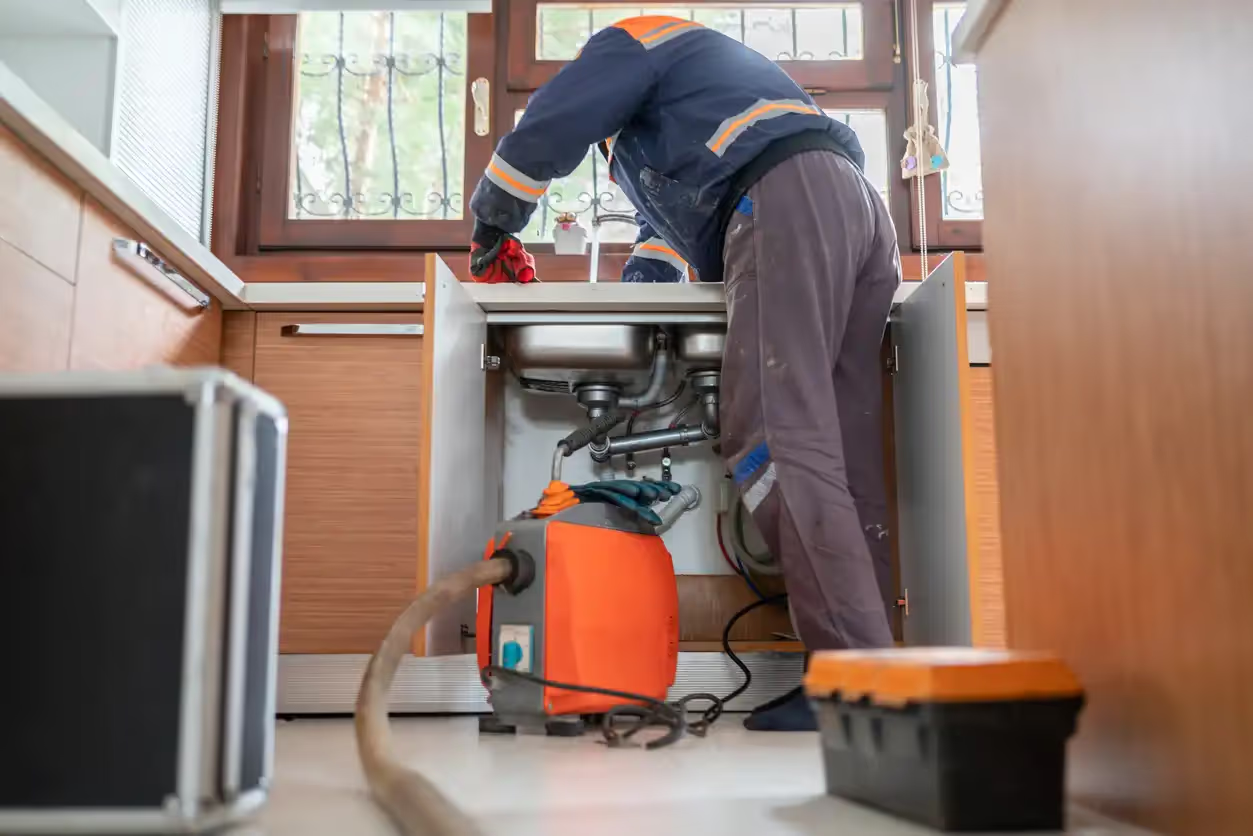Drain Snaking in Granite Bay, CA
When a sink, shower, or toilet in your Granite Bay, CA home slows or stops draining, drain snaking is often the quickest, most cost-effective way to restore flow. Drain snaking targets localized clogs-hair, soap buildup, grease, small objects, and root intrusions—without the expense and disruption of full-line replacement. In Granite Bay’s mix of older neighborhoods, mature landscaping, and hard water conditions, knowing when snaking is the right solution helps you get reliable results with minimal fuss.
Common drain snaking issues in Granite Bay
- Bathroom slow drains: Hair and soap scum combine to form stubborn plugs in shower and tub drains.
- Kitchen clogs near the trap: Fats, oils, and food particles (FOG) collect at the P-trap and trap arm.
- Toilet clogs from foreign objects or buildup: Wipes, sanitary items, or recurring mineral accumulation.
- Root intrusion close to cleanouts: Mature oaks and landscape trees in Granite Bay can send roots into older sewer lines.
- Localized grease or scale: Hard water mineral deposits and household grease that form localized blockages rather than continuous scaling.
Types of drain snakes used
- Handheld (closet) auger: Compact and ideal for toilets and small fixtures.
- Hand-crank drum auger: Good for shallow sink and tub blockages.
- Electric cable machine (mini-rooter): Flexible power cable for deeper or tougher clogs in line-level drains.
- Standard rooter/sewer machine: Heavier cable and cutting heads for tree roots and dense obstructions near main lines.
- Specialty heads: Cutting blades, corkscrew heads, and brush attachments tailored to grease, root, or debris removal.
- Combined camera + cable setups: Inspection cameras guide the snake to the clog and verify full clearance.
Step-by-step snaking procedure (what to expect)
- Initial inspection: Technician assesses symptoms, fixture history, and visible issues; a camera inspection may be recommended if the clog is deep or recurrent.
- Prepare the area: Protective coverings are placed, traps may be removed for access, and safety precautions are followed (technicians in Granite Bay also adhere to COVID-19 safety guidelines where applicable).
- Select the tool: Match snake type and head to clog location and severity.
- Insert and advance: The cable is fed into the drain while the operator controls speed and torque to reach the clog.
- Break up or extract the clog: Rotate and push to either cut through roots and grease or to snag and withdraw the obstruction.
- Retrieve and test: Cable is withdrawn; water is run to confirm restoration of flow and check for leaks. A camera re-check is performed for persistent or ambiguous results.
- Cleanup and recommendations: Work area is cleaned, and technicians explain findings and next steps if additional work is needed.
When snaking is appropriate versus hydrojetting or other alternatives
- Snaking is ideal for localized, soft to moderately tough clogs near fixtures: hair, soap, food traps, or small root sections.
- Choose snaking when the clog is likely in a reachable portion of the pipe and the pipe material or condition would risk damage from high-pressure methods.
- Consider hydrojetting when there is widespread grease, mineral scale, or heavy root matting throughout a long run of pipe. Hydrojetting uses high-pressure water to scour pipe walls and is better for comprehensive cleaning.
- If camera inspection shows collapsed, offset, or extensively root-damaged pipe, repair or replacement—not snaking—is the long-term solution.
Typical outcomes and what to expect on the job
- Most snaking jobs restore normal flow the same day, especially for kitchen and bathroom fixture clogs.
- In many Granite Bay homes, snaking eliminates the immediate issue and delays more aggressive interventions for months or years.
- Sometimes snaking reveals underlying problems: recurring blockages, significant scale, or extensive root systems that require hydrojetting, targeted repairs, or partial pipe replacement.
- Value: snaking is generally less disruptive and more affordable than hydrojetting or sewer line excavation, and it’s the logical first step for isolated clogs.
Cost considerations (factors that influence price)
- Location and accessibility of the clog: Fixture-level clogs cost less than main-line or deep-sewer clogs.
- Type of equipment required: Hand augers versus powered machines and whether a camera inspection or specialty cutting head is needed.
- Severity and recurrence: Repeated trips, multiple clogs, or the need for hydrojetting or repairs increase overall cost.
- Pipe material and condition: Older or damaged pipes may require more careful, time-consuming work.
Aftercare advice to reduce repeat blockages
- Avoid pouring fats, oils, and grease down the sink; collect them and dispose with household waste.
- Use strainers in kitchen sinks and shower/tub drains to catch hair and food.
- Flush with hot water periodically to help dissolve light grease buildup in the trap (not a cure for heavy grease).
- Don’t flush wipes or non-dissolvable items down toilets — even “flushable” wipes cause recurring problems.
- Limit harsh chemical drain cleaners; they damage pipes and rarely solve root or heavy scale problems.
- Schedule periodic inspections for older lines or homes with mature trees to spot root invasion or early scale before they become emergencies.
Why timely snaking matters for Granite Bay homes
Addressing clogs early prevents backups, water damage, and more expensive repairs. In Granite Bay, where tree-root pressure, hard water deposits, and seasonal household use patterns (holiday cooking and irrigation cycles) increase clog risk, drain snaking offers a targeted, low-disruption solution that restores function quickly. When snaking is combined with proper aftercare and occasional camera checks, it keeps drains flowing smoothly and extends the life of your plumbing until a more permanent solution is needed.
Other Services
Customer Testimonials
See what our satisfied customers have to say about their experience with Always Affordable
Plumbing & HVAC.






